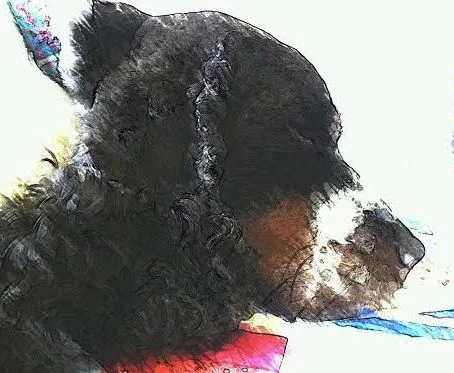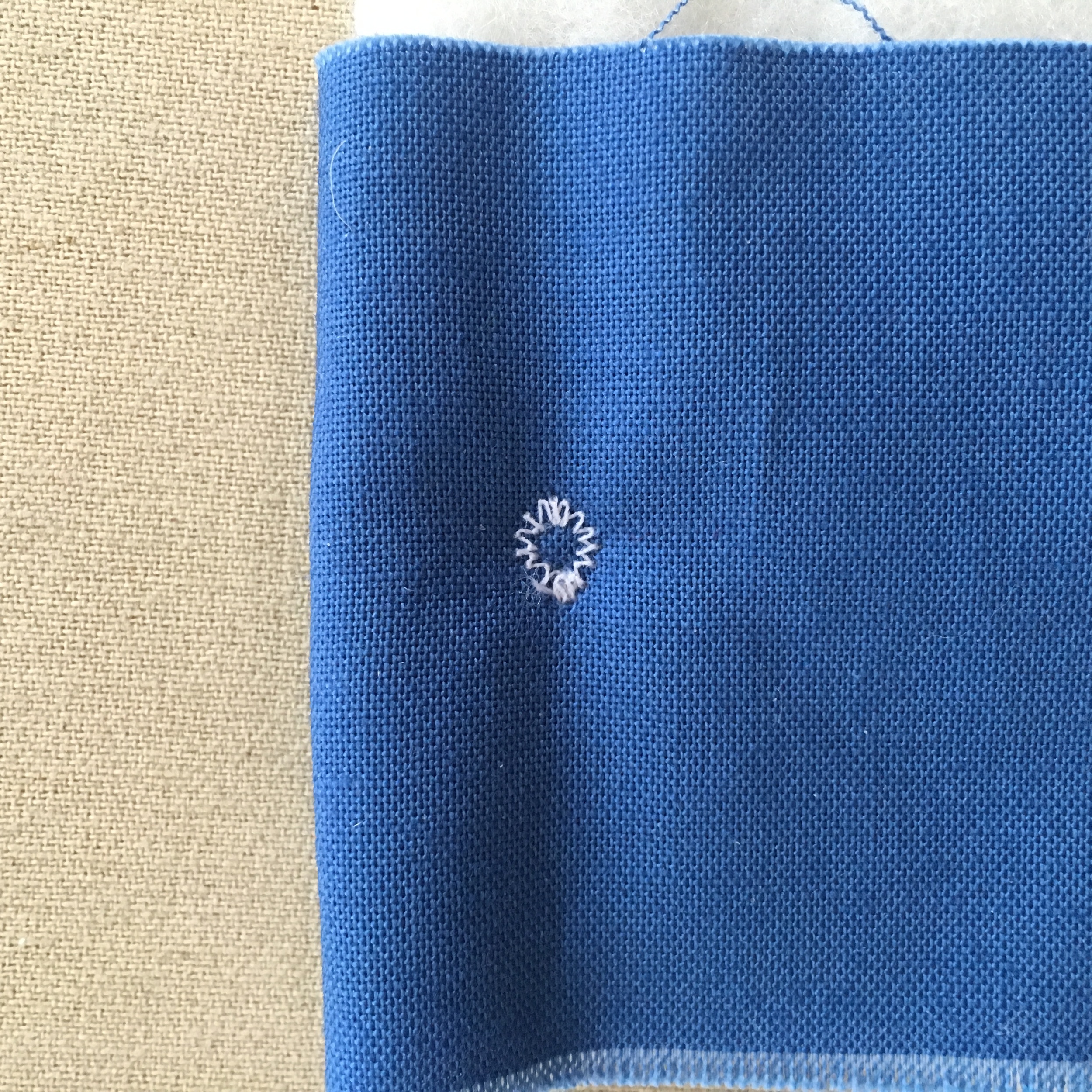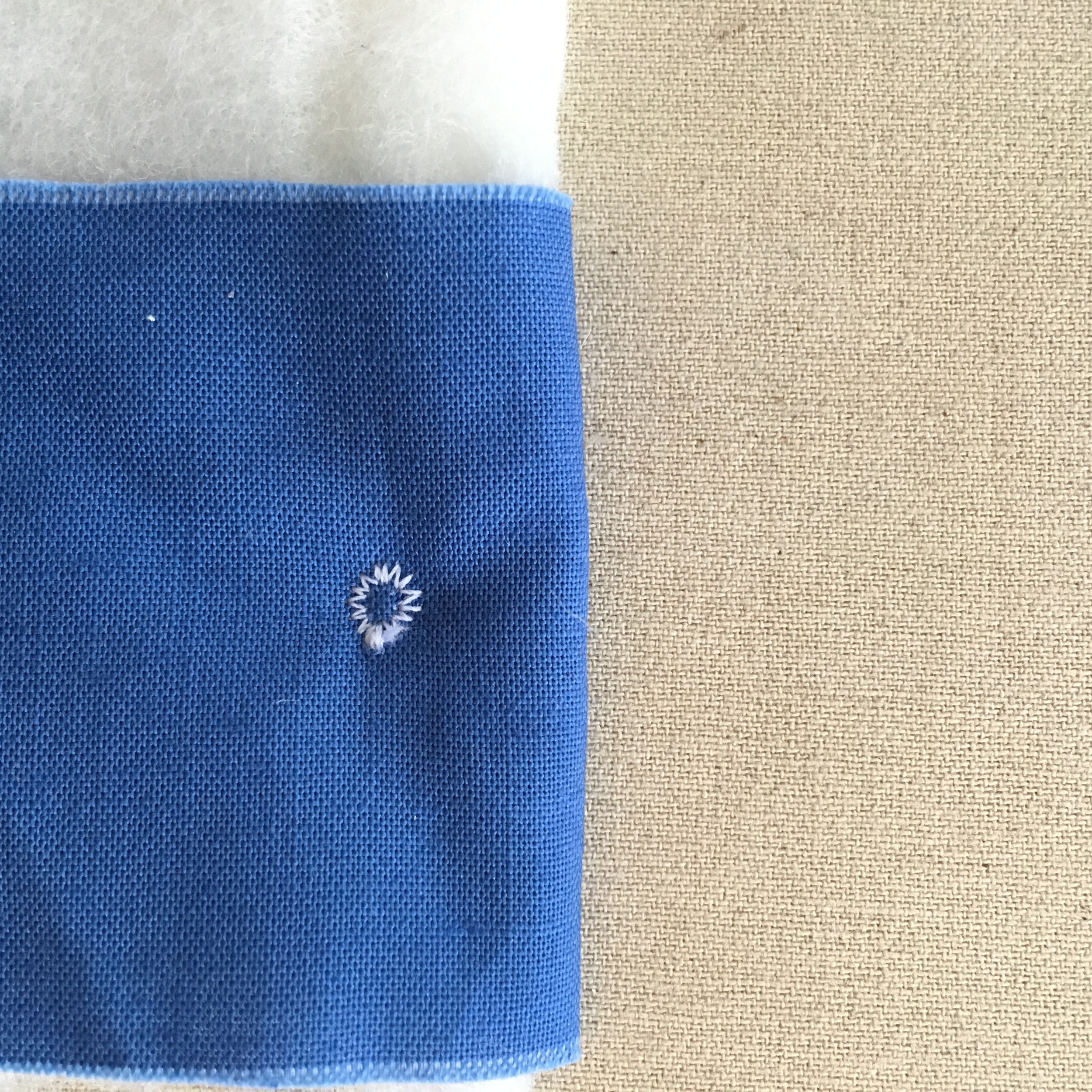2 Lap Duvets
Since I made the first Lap Duvet using the pattern from Purl Soho, I've made 2 more. (Thoughts about my first lap duvet in my previous post, February 18, 2016).
The lap duvet shown on the top of the pile has a soft, light voile as the top layer, a wool batting and flannel on the back. The voile fabric is 52" inches, wider than the flannel. The wool batting left from the twin size batting I cut up for the first duvet was exactly the same width as the voile. I decided it was worth piecing the flannel to get the extra bit of width in the duvet. I had a flannel scrap just about the correct width which played well with the color scheme, so that was perfect.
The bottom duvet is the size the pattern specifies--42 x 60. It has a cotton top, a polyester batting and a flannel backing. It is just as light, airy, and warm as the wool lap duvets. Good for folks who are allergic to wool!
I decided I could tie a lap duvet almost as fast as I could pin it, and certainly faster than pinning and then tacking it on the sewing machine. So that's what I did. I used 2 strands of #8 Perle cotton thread and placed them through all the layers with the lap duvet while it was on the floor. (7" apart for the wool batting per the Purl Soho pattern, 5" inches part per the recommendation of the manufacturer of the polyester batting). Then I picked the lap duvet up and tied all the knots while I watched TV. I enjoyed the process and I like the look of the ties on these fabrics.
I look at the stitches on my sewing machine and tried thinking outside the box about how else I might tack one of these lap duvets. The eyelet buttonhole on my machine looked like a possibility. The booklet for my Janome 3160QDC states that the machine will make the circle of stitches, overlap the first several stitches to lock them and then automatically stop and cut the thread. That looked like a cute, fast way to do the job.
I tried the eyelet stitch with a sample cotton/wool batting/cotton sandwich. It works really well and looks great on front (on the left in photos below) and back (on the right)! I'd recommend using a contrasting thread color. I'll definitely do this when I make another lap duvet!



